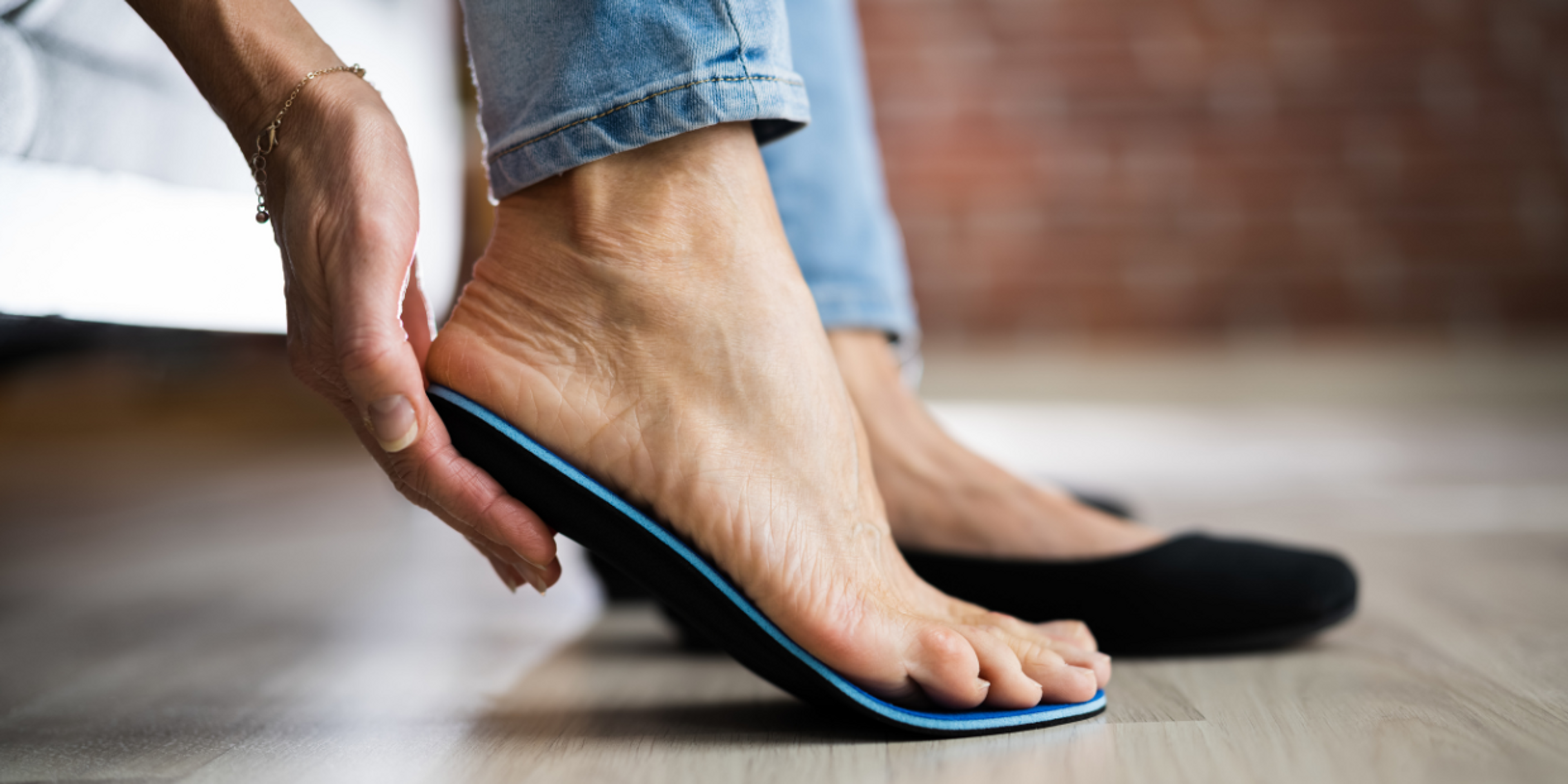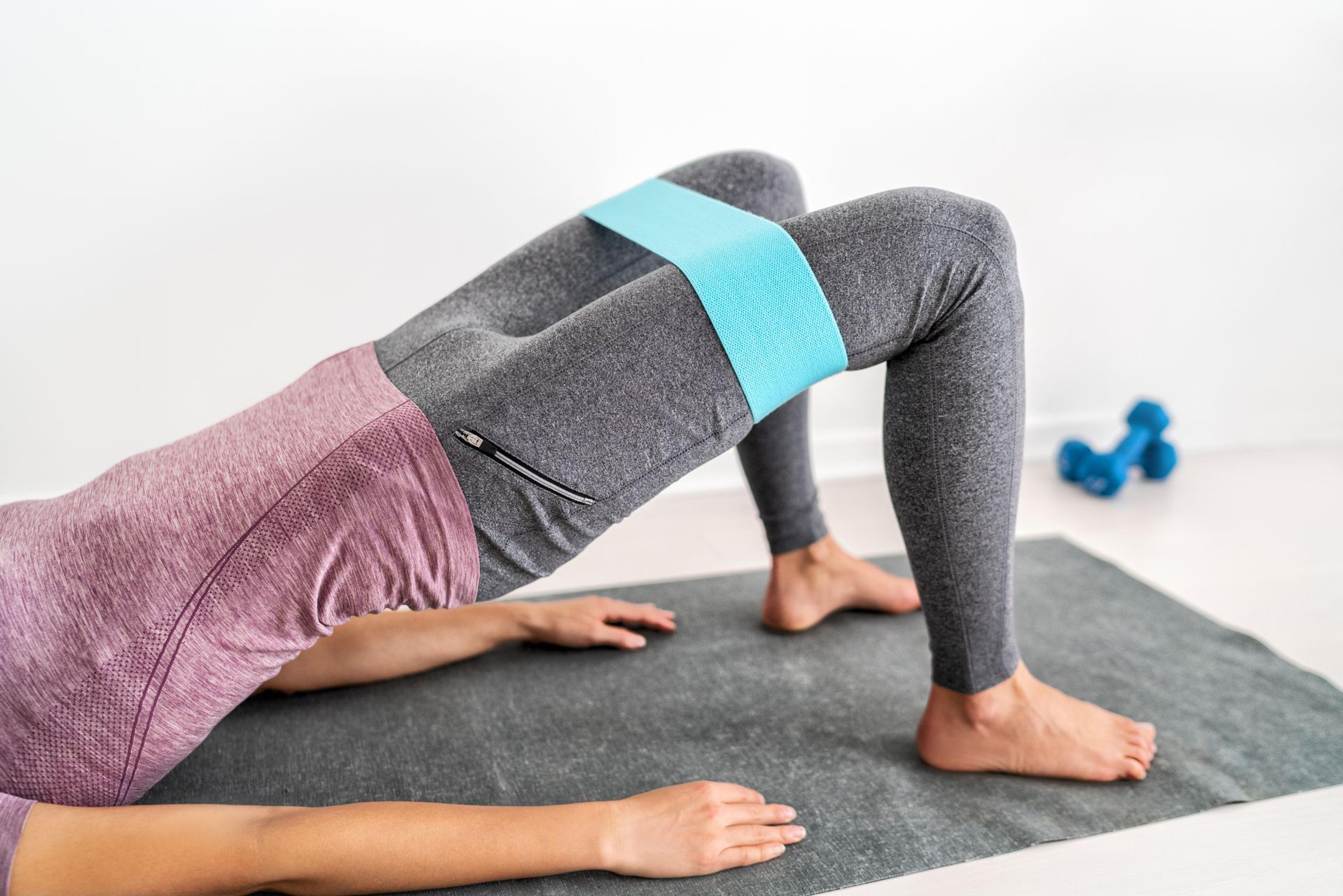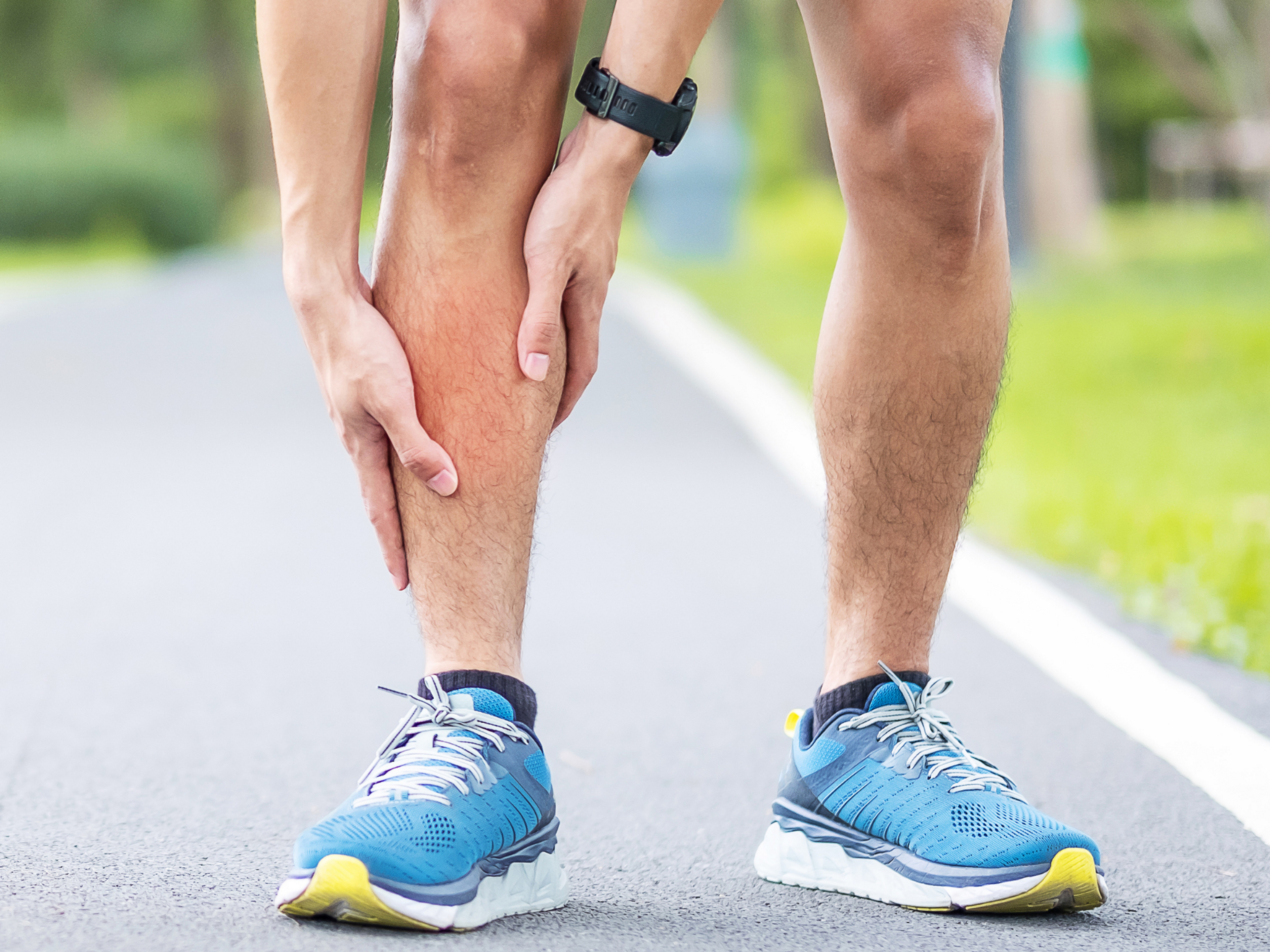Can insoles help with shin splints? (and how to choose the right ones)
Your feet act as shock absorbers for your body when you stand, walk, jump or run. Shin splints can develop when this shock absorption element in your foot is lost, putting strain on the parts around it.
The shape of the arches, mobility and strength of your feet can affect your shock absorption ability, which can determine how susceptible you are to shin splints.
However, a problem with shock absorption is only one of the potential reasons why people develop this injury. Read about all the most common causes and evidence-based treatments of shin splints here.
Overview of foot structure - the 3 foot arches
You have three arches formed by the bones of your feet and supported by ligaments and tendons. They are flexible, springy structures responsible for taking weight and absorbing shock during movement.
Two longitudinal arches
On each foot you have two longitudinal arches – one on the inside and one on the outside.
One transverse arch
The transverse arch runs across your foot or at right angles to the longitudinal arches.
How flat feet can cause shin splints
‘Flat feet’ refers to a foot posture where the longitudinal arches of your foot collapse and drop down towards the ground. Meaning your foot arch loses its springiness, collapsing under your weight instead of supporting it.
This type of foot structure leads to more force than normal passing through to your lower legs from your feet. When this happens, problems like shin splints can develop.
In addition to shin splints, runners with flat feet are more prone to soft-tissue and joint problems such as lower back pain and knee pain.
How high arches can cause shin splints
High arches usually mean your inner foot arches are high, and the ball of your foot and the heel are closer together.
High arched feet are usually quite stiff and inflexible. With less movement in your foot, it can’t share and transfer the load efficiently.
This can reduce the shock absorbing properties in the foot and lead to increased load being transferred to other parts of the body.
Runners with high-arches are prone to bone-related issues like shin splints and stress fractures in the shin and foot.
Foot mobility and shin splints
Foot mobility refers to how flexible, pliable and mobile your foot is. Good foot mobility can make it easier for you to take each step without creating too much pressure on any particular area.
Stiff feet
If your feet are too stiff, they can take your weight but can’t bounce back, spread the load or transfer it. A rigid foot leads to overload issues like stress fractures and shin splints.
Hypermobile feet
If your feet are too mobile (hypermobile), they will struggle to support your weight. Hypermobile feet often leads to overpronation.
Overpronation is a foot movement pattern where your foot rolls excessively inward and your arch collapses during weight bearing. This increases the strain on the inner side of the shin bone (tibia).
Runners with overpronation have an increased risk of developing overuse injuries like mid- and forefoot pain, shin splints, leg and low back pain.
Foot strength and shin splints
If you have strength imbalances in your feet, forces travelling up to your shins will be uncontrolled and you will be more vulnerable to injuries like shin splints.
In hypermobile feet, you may need more support from stronger muscles, better shoes or insoles to make up for the lack of structural support from your ligaments.
Poorly supported feet can cause shin splints, Plantar fasciitis, and patellofemoral pain syndrome.
How insoles might help shin splints
What is an insole?
An insole, or shoe insert, sits directly beneath your foot in your shoe and can be taken out and replaced with new ones to suit your activities. They can be purchased online or from most pharmacies, department stores or foot clinics.
How do insoles work?
- Insoles fit inside your shoes and support the arches of your feet.
- They can reduce excessive movement (overpronation and supination) in your feet.
- They also have a cushioning effect when you run.
- They can improve the fit of your running shoes, leading to more comfortable runs.
So, in theory, insoles should reduce the risk factors for shin splints linked to the different foot arch types, mobility, and strength.
What does the research show? Do insoles help with shin splints?
Unfortunately, from a research perspective, we don’t have much for you.
As mentioned previously, several studies suggest poor foot posture can cause lower limb injuries like shin splints. However, very little research indicates that insoles can help with shin splints.
For now, we advise patients to try it and see. If it works, use it. If it doesn’t, lose it!
How to choose the right insole?
Choosing an insole that supports your unique foot posture helps distribute your weight evenly along the sole of your foot.
Insoles work best when they fit snugly to the contours of your feet. If they’re too high, they can hurt your feet, and if they’re too low, you’ll be missing out on their benefits.
To help you pick the best type, find insoles that come in different sizes and firmness levels and start by choosing one that is closest to your foot’s arch height.
How do you know what’s the right level of support?
Standard insoles vs custom orthotic insoles
Custom orthotic insoles are usually more rigid types of insoles and moulded to the shape of your foot. They are beneficial when you need a higher level of arch support that can’t be bought ‘over the counter’, or when standard insoles don’t fit your foot shape.
Although you can take them out of your shoes, custom orthotic insoles may not be as transferable to your other shoes as standard softer insoles.
Best treatment for shin splints
Insoles may support your foot arches and help improve body alignment, but they cannot fix your injury as a standalone treatment.
The best way to recover from shin splints.
Most cases of shin splint are caused by a combination of factors that must all be addressed. In this way, you know you’re covering all your bases.
The Exakt app helps you with this recovery process. It includes an evidence-based, step-by-step rehab plan for shin splints. It automatically sets your training intensity to suit your injury's strength and adjusts your program based on your feedback after every training session.



